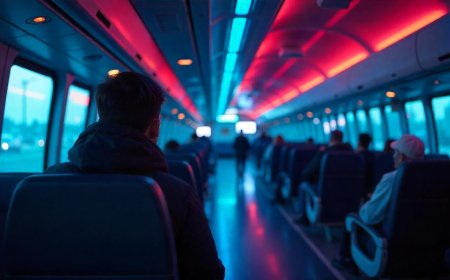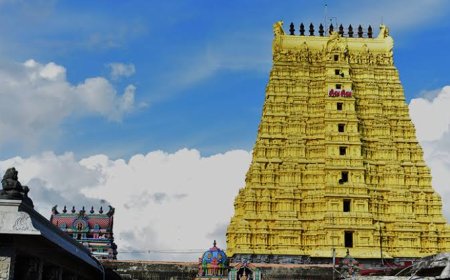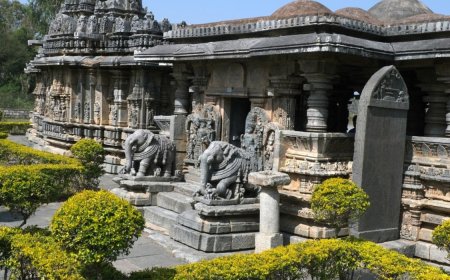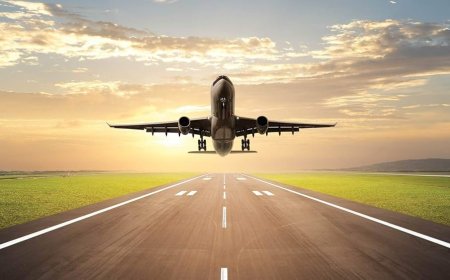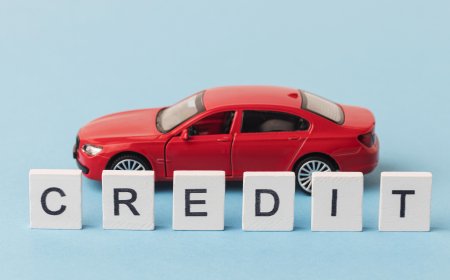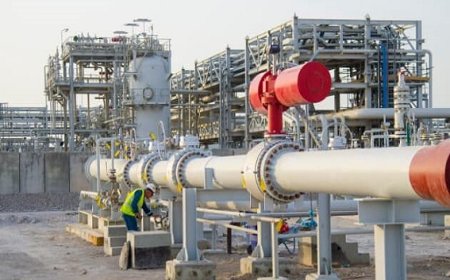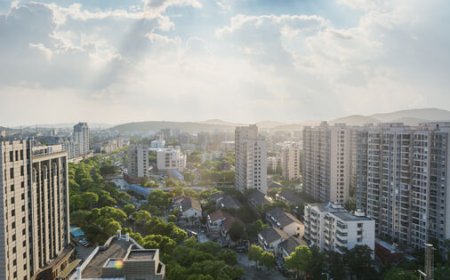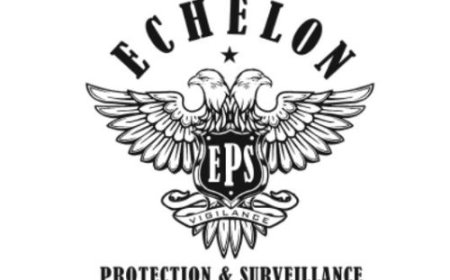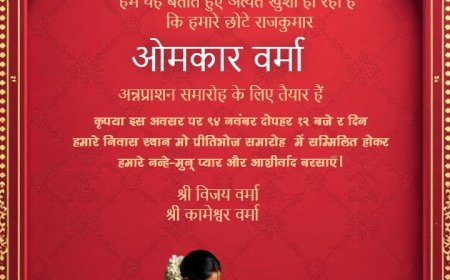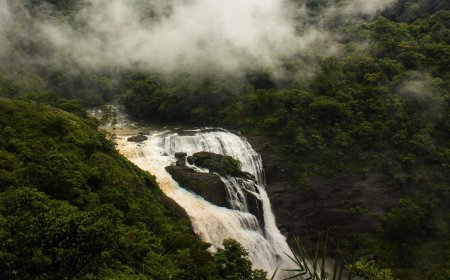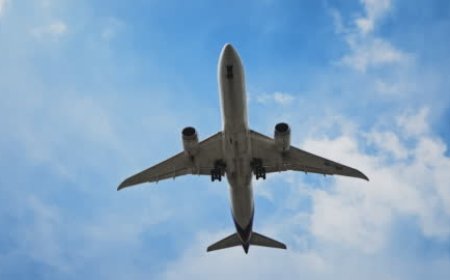How to Trek to Everest Base Camp with a Smaller Budget
Trek the trail to Everest Base Camp and experience the magic of the Himalayas.

Trekking to Everest Base Camp (EBC) is a goal for many adventurers, but it can get pretty pricey. Luckily, you can still enjoy this incredible journey without spending too much. Here are some tips to help keep your budget in check.
When you go can affect your costs. The busiest seasons for EBC treks are spring (March-May) and autumn (September-November). These times have great weather, but also higher prices for places to stay and services. If you can, try trekking during off-peak months (late winter or early summer) to save some cash.
Everest Base Camp Trek Itinerary: Getting your flights and accommodations sorted ahead of time can help you save a lot. Check out budget airlines or deals on flight comparison sites. In Kathmandu, look for budget guesthouses or hostels that are comfy yet affordable.
Hiring a guide or porter can make your trek easier, but it can also add to your costs. If you're experienced and feel confident on the trails, consider going solo or with a small group to keep costs down. You can also find local guides for a better price by negotiating directly with agencies in Kathmandu.
Avoid those extra baggage fees by only bringing what's necessary. Renting gear in Kathmandu can save you money compared to buying all new stuff.
Choose to eat at local teahouses instead of the touristy spots to save money. Meals at these places are cheaper, plus you'll get to enjoy genuine Nepali food.
With some smart planning and careful choices, trekking to Everest Base Camp can be an amazing experience that wont break the bank.
Best Time to Trek to Everest Base Camp on a Budget
If you want to trek to Everest Base Camp without breaking the bank, timing is key. The best times to go are during the off-peak months, like late winter (January-February) and early summer (June). In these months, flights and places to stay tend to be cheaper. Try to steer clear of the busy spring and autumn seasons when prices go up. Just keep an eye on the weather since these quieter months can bring tougher conditions. If youre flexible and okay with fewer people around, trekking during the shoulder seasons can help you save quite a bit.
How to Find Cheap Flights for the Everest Base Camp Trek
Getting a good deal on flights to Nepal can really help with your overall costs for the trek. Book your flight a few months in advancearound 2-3 months is ideal. Use flight comparison sites to scout for the best prices and sign up for fare alerts to keep an eye on deals. Look for budget airlines that fly to Kathmandu, the entry point for Everest. Try to fly mid-week and avoid busy travel seasons. Sometimes, checking flights from nearby countries like India can lead to cheaper options for getting to Nepal.
Affordable Accommodation Options in Kathmandu and Lukla
Finding a good place to stay on a budget is simple if you know where to look. In Kathmandu, opt for budget guesthouses and hostels in the Thamel area, where rooms usually cost between $5-$15 a night. Once youre in Lukla and on the trekking path, stick with local teahouses that offer affordable rooms and meals. Staying in teahouses also cuts your travel costs. They might not be fancy, but they offer a taste of the local culture while keeping things safe and budget-friendly.
How to Trek Everest Base Camp Without a Guide
If youre experienced and willing to go it alone, you can trek to Everest Base Camp without a guide. The trail is well-marked, and you can use maps or GPS apps to help you find your way. Just be sure you know the route well and are ready for emergencies. Going solo can save you the cost of a guide, but its a good idea to trek with a friend or in a group for safety. Many budget-minded trekkers prefer this route to keep expenses down.
How to Save Money on Trekking Gear for Everest Base Camp
Rather than buying pricey new gear, think about renting equipment in Kathmandu. Lots of shops offer affordable rentals for sleeping bags, trekking poles, and jackets. You can also find good second-hand gear at lower prices. Make a list of the gear you need, and try not to overpack, as extra baggage fees can add up. Its smart to share or borrow items like a first aid kit or water purifier with other trekkers to save some cash.
Budget Tips for Trekking Permits to Everest Base Camp
When you're heading to Everest Base Camp, one of the big expenses is getting the right permits. You need the TIMS permit and the Sagarmatha National Park permit. But there are ways to save a bit. Teaming up with other trekkers can help cut costs, and buying these permits straight from government offices in Kathmandu can help you dodge extra fees. The prices are set, so planning can help you steer clear of delays or unexpected charges that can add up.
Saving on Meals During the EBC Trek
Food expenses on the Everest Base Camp trek can add up fast, especially at high-altitude spots where everythings pricier. To save some cash, try local teahouses instead of touristy restaurants. Local dishes, like dal bhat (lentil soup with rice), are not only cheap but also provide good energy for your trek. Avoid pricey snacks and drinksbring a refillable water bottle and some munchies from Kathmandu to keep costs down along the trail.
Staying Healthy and Avoiding Medical Costs on the EBC Trek
It's super important to stay healthy during your trek to prevent hefty medical bills or early trips back. Take your time to get used to the altitude to avoid altitude sickness, which can be costly if it leads to needing help. Bringing a basic first aid kit and staying hydrated are key. Remember, medical care or evacuations from high-altitude spots can be really expensive, so being cautious will help you stick to your budget.
Choosing Affordable Teahouses on the EBC Route
Teahouses along the Everest Base Camp trail provide good budget-friendly places to stay and eat. To save money, look for teahouses that arent right in the main tourist areas. While some at high altitudes might cost more, those a bit lower often have cheaper rates. Check out online reviews or ask locals in Kathmandu for tips on affordable and reliable options. Also, dont hesitate to haggle a bit on prices for your stay and meals, especially during less busy times.
Managing Your Budget for the EBC Trek
Keeping track of your budget is important for making your Everest Base Camp trek cost-effective. Before you head out, list all your expected costs like permits, flights, gear, food, and places to stay. Its smart to have a little extra set aside for emergencies, too. While trekking, keep an eye on what youre spendingwrite down costs for teahouse stays, meals, and any surprises like needing extra gear. Since ATMs are few and far between on the route, bring cash because credit cards might not be accepted in lots of places. By keeping a close budget, you can avoid overspending on your adventure.
What's the Cheapest Way to Get to Everest?
If you want to keep costs down for a trek to Everest Base Camp, the best option is to plan the trip yourself. Skip the guided tours and handle everything on your own, like booking flights and finding places to stay. Here are a few tips to save some cash:
-
Flights: Try to book your flights to Kathmandu early and look for budget airlines or connections through nearby countries like India.
-
Accommodation: Go for budget guesthouses in Kathmandu and teahouses during the trek.
-
Permits: Get your permits directly in Kathmandu to avoid paying extra to agents.
-
Gear: Rent your equipment in Kathmandu instead of buying new stuff.
By not using guides or porters and cutting unnecessary costs, you can make your Everest trip more affordable.
How Much Money Do I Need for the Trek?
The total cost for a trek to Everest Base Camp can vary based on things like your trip style (budget or luxury), group size, and how long you stay. On average, expect to spend around $800 to $1,500 for a budget trek. Heres a simple breakdown:
-
Flights: Round-trip flights to Kathmandu can be anywhere from $500 to $1,000, depending on when you travel.
-
Permits: Costs for trekking permits like TIMS and Sagarmatha National Park are about $50 to $60.
-
Accommodation: Budget guesthouses in Kathmandu usually cost $5$15 a night, while teahouses along the trail charge $3$10 a night.
-
Meals: Plan for about $15$20 a day for food.
With careful planning, you can keep your trip within a reasonable budget.
What's the Cost of Going to Everest Base Camp?
The cost for the trek can change depending on the services you pick:
-
Budget Trek: If you go solo with little help (self-guided or with just a porter), expect to spend $800$1,500. This covers permits, places to stay, food, and other needs.
-
Guided Trek: If you want a fully guided trek through a tour agency, costs might be $1,500$2,500, which includes a guide, porters, and sometimes flights to Lukla.
-
Luxury Trek: For a fancier experience with private guides, better accommodations, and nice meals, you might pay $3,000$5,000 or more.
By sticking to budget options and planning, you can keep expenses down while still enjoying the experience.
What's the Easiest Way to Get to Base Camp?
The simplest way to reach Everest Base Camp is by flying to Lukla, a little town near the start of the trek. You can take a short flight from Kathmandu to Lukla, which saves time and effort compared to hiking from lower areas. From Lukla, the trek to Base Camp usually takes about 12-14 days at a steady pace.
You could hike to Lukla from places like Jiri, but that adds extra time and work, making the flight a popular choice for most trekkers. Also, taking regular rest days during the trek helps with adjusting to the altitude, making the trip easier.
In Summary
Trekking to Everest Base Camp Package is a unique chance that doesnt have to cost a fortune. By picking the right travel dates, booking flights early, planning your trek yourself, and choosing budget places to stay and eat, you can enjoy Everest without overspending. Whether you're hiking solo or with a guide, the key is to plan and manage your costs. Always prioritize safety and acclimatization for a better experience on this iconic adventure.





